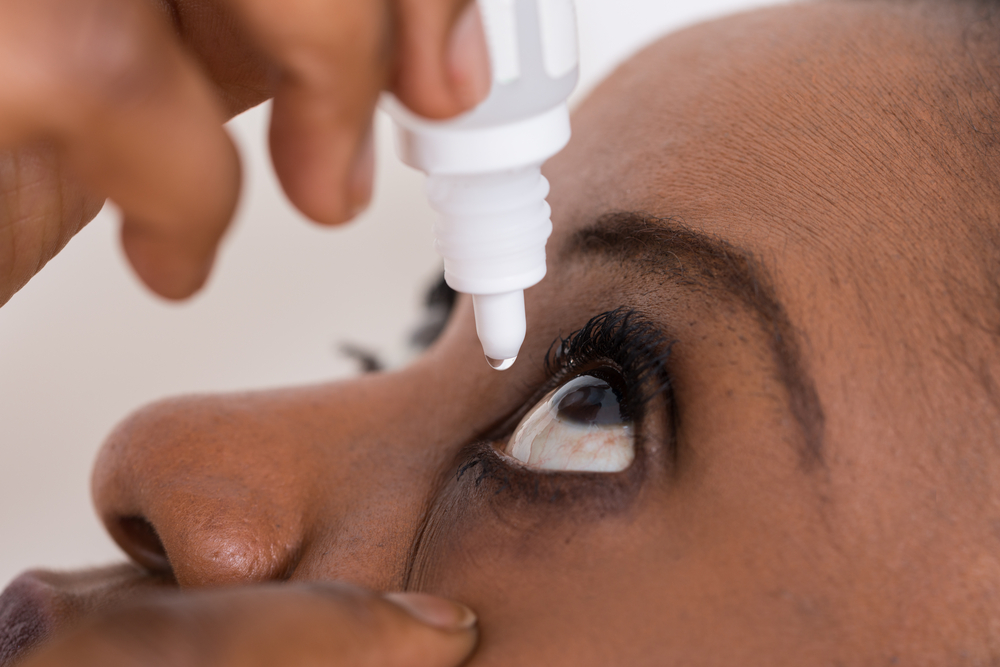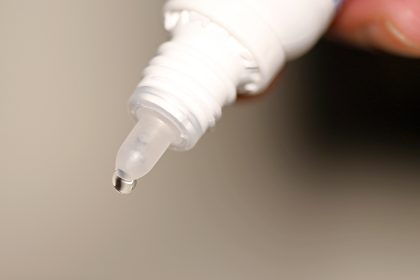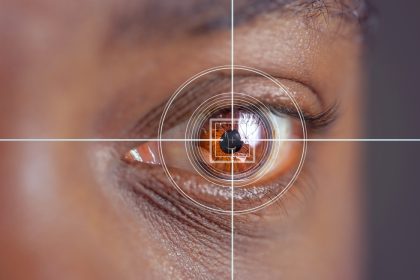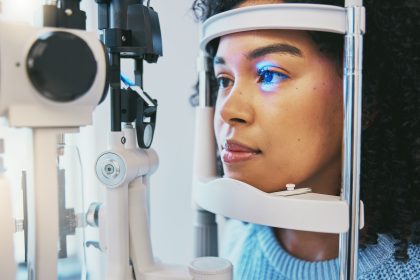Dry eye syndrome occurs when tear regulation becomes disrupted, either through decreased production or excessive evaporation. This common ocular condition affects millions of people worldwide, particularly those over 50, and can significantly impact quality of life when left untreated. Recent advances in diagnosis and treatment offer new hope for those suffering from chronic symptoms.
The 10 essential facts about dry eye syndrome
Diverse symptom presentation According to the National Eye Institute, dry eye manifests through various symptoms including burning, redness, and irritation. Additional signs include stinging sensations, paradoxical excess tearing, mucus accumulation, gritty sensations, blurred vision, light sensitivity, and discomfort while wearing contact lenses. This symptom diversity often leads to delayed diagnosis and treatment.
Root cause identification The most common underlying cause of dry eye is meibomian gland dysfunction (MGD). These specialized glands produce meibum, an oily substance crucial for maintaining tear film stability. The tear film covers the eye surface, providing essential lubrication and protection. When meibomian glands malfunction, both tear quantity and quality suffer, resulting in the characteristic symptoms of dry eye.
Multiple risk factors Several factors increase susceptibility to dry eye development. Age plays a significant role, with risk escalating after 50 years. Hormonal changes particularly affect those assigned female at birth. Various health conditions including diabetes, lupus, and Sjögren syndrome correlate with increased incidence. Certain medications for heart disease, hypertension, depression, and allergies can trigger or worsen symptoms.
Additional risk factors include contact lens wear, previous eye surgery, residence in dry climates, excessive screen time, and nutritional deficiencies, particularly vitamin A and omega-3 fatty acids. Understanding these risk factors helps specialists develop targeted prevention and treatment strategies.
Comprehensive diagnostic approach Eye specialists diagnose dry eye through a series of specialized tests collectively known as a dry eye workup. The slit lamp test utilizes magnification and bright light to examine the eye, often incorporating dyes to assess tear sufficiency and flow. Schirmer’s test measures tear volume by placing paper strips at the eyelid edge and measuring wetness after five minutes.
Another critical diagnostic tool, the Tear Break-up Time (TBUT) test, measures how long the tear film remains intact after blinking. This provides valuable insight into tear film stability and overall ocular surface health.
Treatment goals and first-line options Dry eye treatment focuses on improving eye lubrication through tear conservation, production enhancement, or supplementation. Over-the-counter artificial tears represent the initial treatment for most patients, providing immediate relief and improved comfort for mild to moderate cases.
Advanced treatment options When first-line treatments prove insufficient, specialists may recommend specialized contact lenses, prescription anti-inflammatory medications, or punctal plugs that prevent tears from draining too quickly. In severe cases, eyelid surgery may be necessary to correct structural issues contributing to tear evaporation.
Cutting-edge interventions Recent advances include the 2023 FDA approval of perfluorhexyloctane (Miebo) eye drops specifically formulated for dry eye. Other emerging therapies include Intense Pulsed Light (IPL) therapy, which uses gentle light pulses to improve tear film stability and reduce evaporation, and thermal pulsation therapy, which applies targeted heat to address inflammation-causing enzymes.
Nutritional approaches show promise as well, with a 2022 review finding potential benefits from vitamin A and vitamin D supplementation. However, patients should consult healthcare providers before starting any supplements to avoid potential complications.
Surgical interventions For severe cases resistant to conservative management, several surgical options exist. Amniotic membrane surgery places specialized tissue on the eye surface to promote healing, stimulate tear production, and reduce inflammation. Eyelid correction surgery may be recommended when structural issues cause excessive tear evaporation.
Contact lens considerations Contact lens wearers face particular challenges with dry eye as lenses can disrupt the tear film. Management strategies include switching to soft, single-use lenses, implementing proper cleaning protocols, considering scleral contact lenses, and supplementing with artificial tears. These approaches help maintain comfort while protecting ocular health.
Long-term outlook and prevention While no definitive cure exists, early diagnosis and addressing underlying causes can effectively manage symptoms and improve quality of life. Without proper treatment, dry eye can lead to serious complications including chronic blurriness, light sensitivity, conjunctivitis, permanent corneal damage, and vision loss.
Preventive measures include reducing screen time, practicing regular blinking, avoiding dry or smoky environments, wearing protective eyewear outdoors, increasing home humidity, maintaining proper hydration, and getting adequate sleep. These strategies can significantly reduce symptom severity and frequency.
Finding the right specialist
Various eye care professionals can diagnose and treat dry eye. Optometrists serve as primary eye care providers capable of diagnosing conditions and prescribing treatments. Ophthalmologists offer additional medical expertise and surgical options when needed. For particularly complex cases, referral to a corneal specialist may be necessary.
Regular eye examinations remain crucial, with most adults requiring comprehensive evaluations at least every two years. This schedule allows for early detection of dry eye and other conditions before they progress to more serious stages.
Treatment escalation pathway
Treatment typically follows a stepwise approach beginning with over-the-counter artificial tears. If symptoms persist, prescription medications including anti-inflammatory drops and ointments may be introduced. More invasive interventions such as punctal plugs or surgery are reserved for cases unresponsive to conservative management.
This systematic approach ensures patients receive appropriate care while minimizing unnecessary treatments or procedures. The personalized nature of dry eye management recognizes that underlying causes and effective treatments vary significantly between individuals.
When symptoms suggest dry eye, seeking prompt professional evaluation remains essential. Early intervention significantly improves outcomes and reduces the risk of permanent damage to ocular structures. With proper diagnosis and treatment, most patients can achieve substantial symptom relief and maintain good vision and eye comfort throughout their lives.












